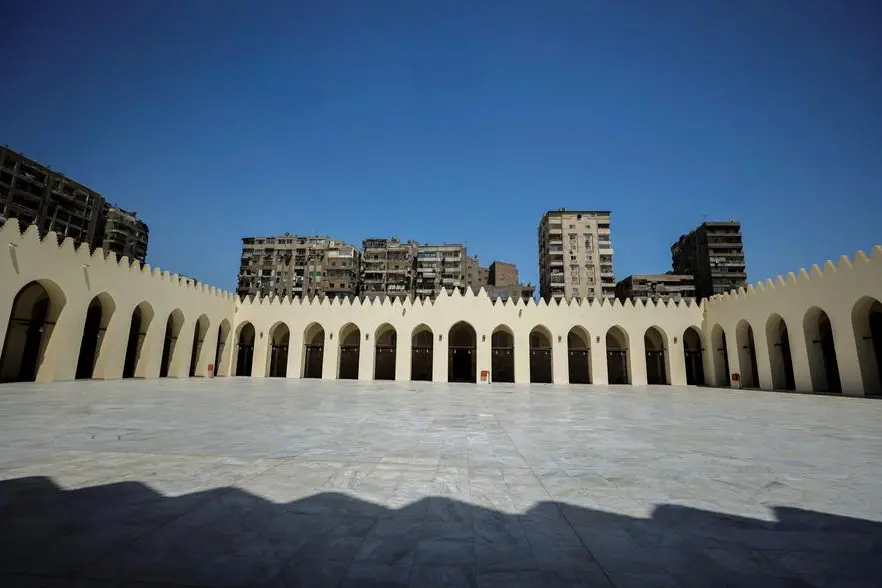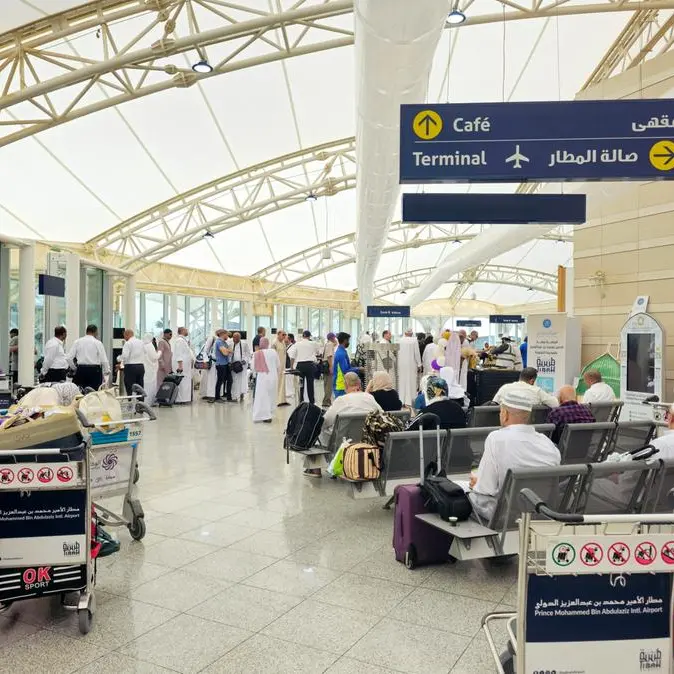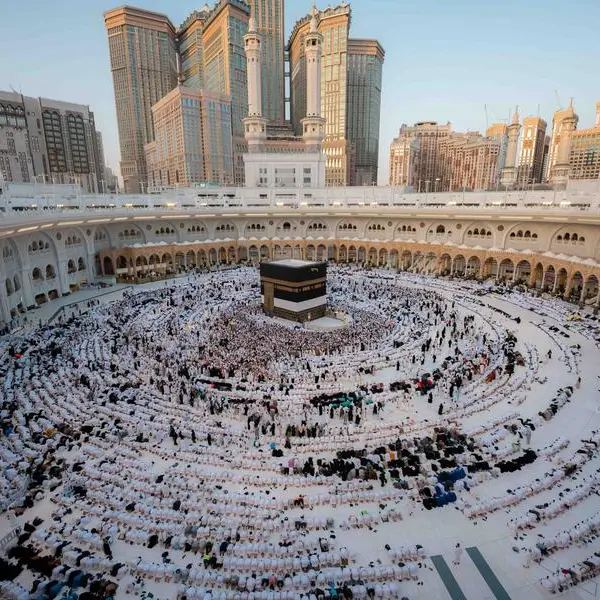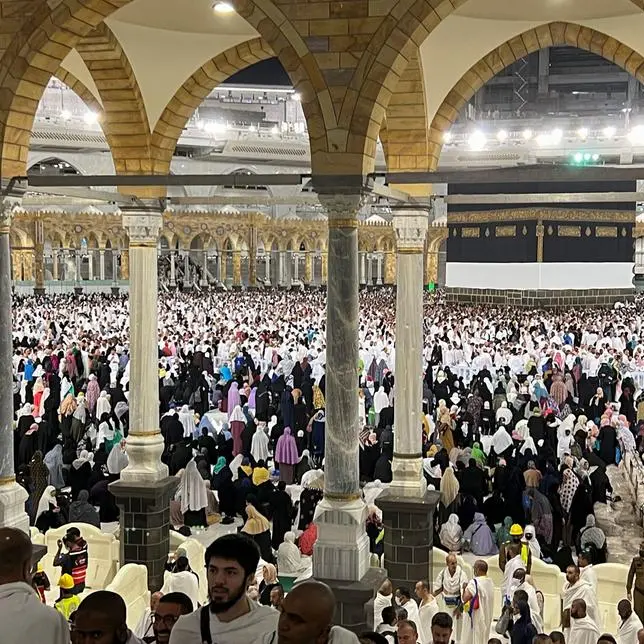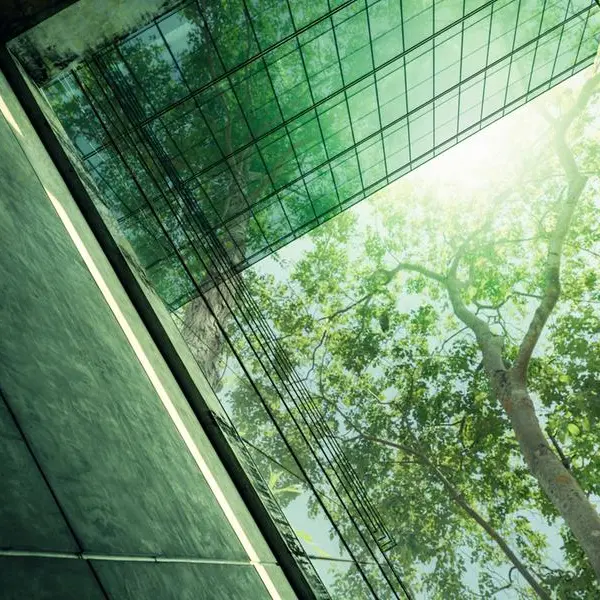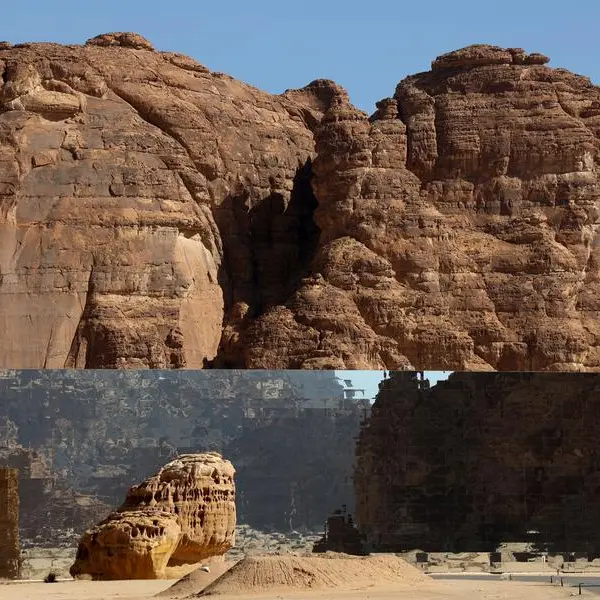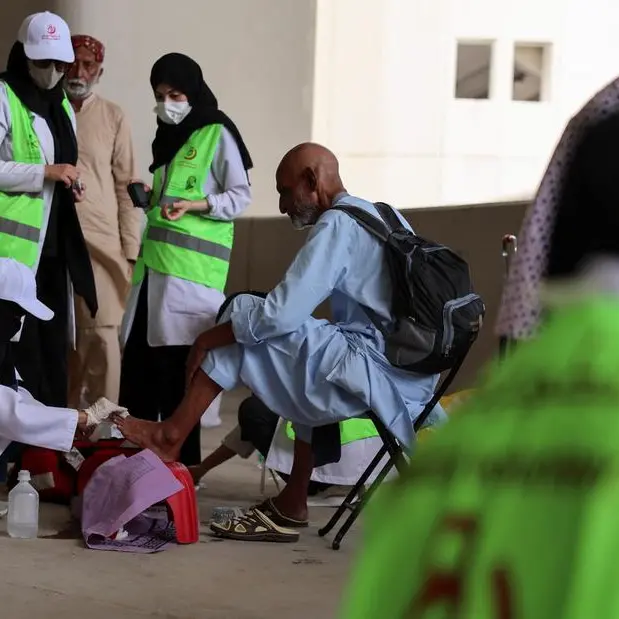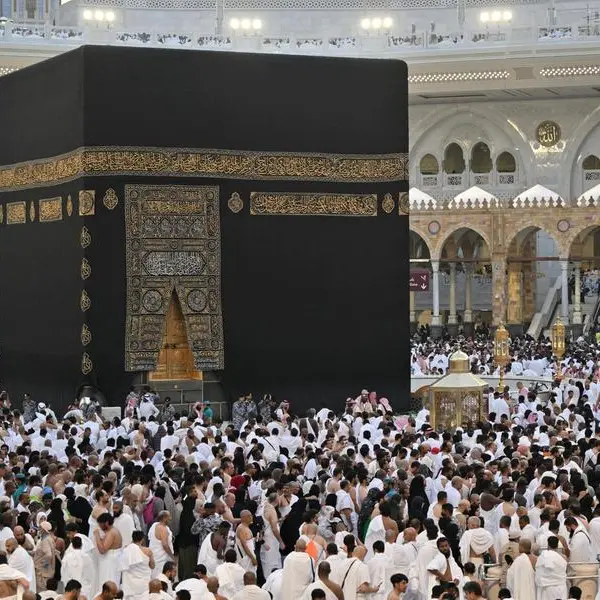PHOTO
Egypt abounds with many historical mosques of a unique Islamic character, each of which tells the story of an ancient and unique civilization and culture.
Among these historical mosques is the Al-Zahir Baybars Mosque, which is considered one of the largest university mosques in Egypt, and its establishment dates back to the year 665 AH.
The third-largest historic mosque in Egyptian history, Al-Zahir Baybars Mosque, was reopened by the government of Egypt after a 225-year closure.
After the mosque was opened and restored, Mohamed Mokhtar Gomaa, Minister of Endowments, and Khaled Abdel-Aal, Governor of Cairo, were present for the first Friday prayer.
The mosque bears the name of Sultan al-Zaher Baybars al-Banduqdari, the actual founder of the Bahri Mamluk state, and the fourth Mamluk sultan.
Mosque of Al-Zahir Baybars
One of the oldest Mamluk mosques, Sultan Baybars al-Bunduqdari (658–676 AH / 1260–1277 AD) commissioned its construction on approximately 12,600 meters square in 665 AH / 1266 AD on what is today al-Zahir Square, and prayers were held there for centuries.
Four riwaqs (arcades) surround a central courtyard, the largest of these is the qibla riwaq, Here, the space in front of the mihrab was covered by a massive dome as large as the mausoleum of Imam Shafi’i. Unfortunately, this magnificent wooden dome collapsed a long time ago. The mosque has three entrances, each entrance surmounted by the foundation slab.
Al-Zahir Baybars Mosque is distinguished by an Islamic character, in which the unique Mamluk architecture was evident in its elegant decorations, bright colors, and the flexibility of the marble formation that covered its walls brilliantly, pleasing the viewers.
Mosque has suffered greatly
The mosque has suffered greatly throughout its long history. The mosque was subject to negligence and vandalism. During the era of the French occupation, it was turned into a military fort, and then it was turned into a camp and bakery in the era of Muhammad Ali. Later, it became a soap factory, and the British army used it as a military warehouse and then as a slaughterhouse until 1915.
The Committee for the Preservation of Arab Antiquities took control of the mosque in 1918. Before that, it was left in a dilapidated condition, with its parts worn out and its features destroyed. Some of its parts were repaired and restored, as the committee restored some parts of the mosque, and undertook some restoration in the Qibla Riwaq.
But its features remained destroyed, and the distinctive Mamluk architecture vanished.
Restoration and revitalization
The Egyptian government commissioned a contracting company to restore and revive it, under the supervision and support of the Ministries of Tourism and Antiquities and Endowments, as its yard was full of dense weeds due to the presence of groundwater, in addition to the presence of dirt and cement mortar on the interior stone walls, with the loss and erosion of Quran verses, decorations and stern windows. There were also inclinations, cracks, and missing brick shoulders.
The Supreme Council of Antiquities cooperated with Kazakhstan to restore the mosque. The project run from 2007 to 2010, and then resumed in 2018. It was completed in 2022. Architectural and artistic elements were restored, as were wooden ceilings, and the foundations were reinforced. The groundwater water level was stabilised. New stone and marble flooring was installed in the mosque’s courtyard and arcades, during which an underground cistern was discovered beneath the courtyard.
Those in charge of the mosque repair work confronted numerous difficulties in restoring a mosque in its condition and given its size.
The reopening
The Museum was reopened on 4 June. Ahmed Essa, Minister of Tourism and Antiquities, expressed his happiness at the inauguration of the Al-Zaher Baybars Al-Bunduqdari Mosque after the completion of its restoration, describing the mosque as an icon of Mamluk architecture in Egypt, stressing the great interest that the Egyptian government attaches to the antiquities file, especially the Islamic antiquities.
The Minister of Tourism and Antiquities was also keen to thank everyone who contributed to the restoration of this mosque, sending a message to the Kazakh people in which he welcomed their presence in Egypt, inviting them to visit this edifice, pointing out that there are 6,000 Kazakhs who visited Egypt last week, indicating that it is expected that Egypt will witness the visit of approximately 350,000 to 400,000 Kazakhs this year.
He concluded his speech by thanking everyone who contributed to the restoration and reconstruction of this ancient mosque of archaeological, historical, religious, and tourist importance, in addition to the Ministry of Awqaf, the Arab Contractors Company, and his colleagues from the Supreme Council of Antiquities for their tireless efforts, keenness, and fruitful cooperation to complete the project.
In his speech, Muhammad Mukhtar Gomaa, Minister of Awqaf, affirmed that the inauguration of Al-Zaher Baybars Mosque confirms the interest of the Egyptian state in its history, present, and ancient mosques. The mosque did not serve its purpose for 225 years, as it was used as a military fortress, then as a soap factory, then as a bakery and an altar.
He added that the cost of the mosque restoration project amounted to about EGP 237m, to which the brotherly Kazakh side contributed about $4.5m in 2007, equivalent to about EGP 27m at the time, and the Ministry of Endowments contributed about EGP 60.5m from its own resources, and about EGP 150m was provided by the Ministry of Tourism and Antiquities. Ministries of Finance and Planning also supported the project.
In his speech, Mäulen Äşimbaev, Chairperson of the Senate of the Parliament of Kazakhstan, expressed his happiness at the opening of the mosque today, in conjunction with the celebration of the 800th anniversary of the birth of Al-Zahir Baybars, conveying the greetings of the President of the Republic of Kazakhstan on this occasion.
He added that to celebrate this occasion, the coming period will witness the establishment of nearly 600 events inside and outside Kazakhstan, including what will be held in Egypt, which began today with the opening of this mosque, appreciating the distinguished relations between Egypt and Kazakhstan throughout history.
© 2022 Daily News Egypt. Provided by SyndiGate Media Inc. (Syndigate.info).Daily News Egypt
